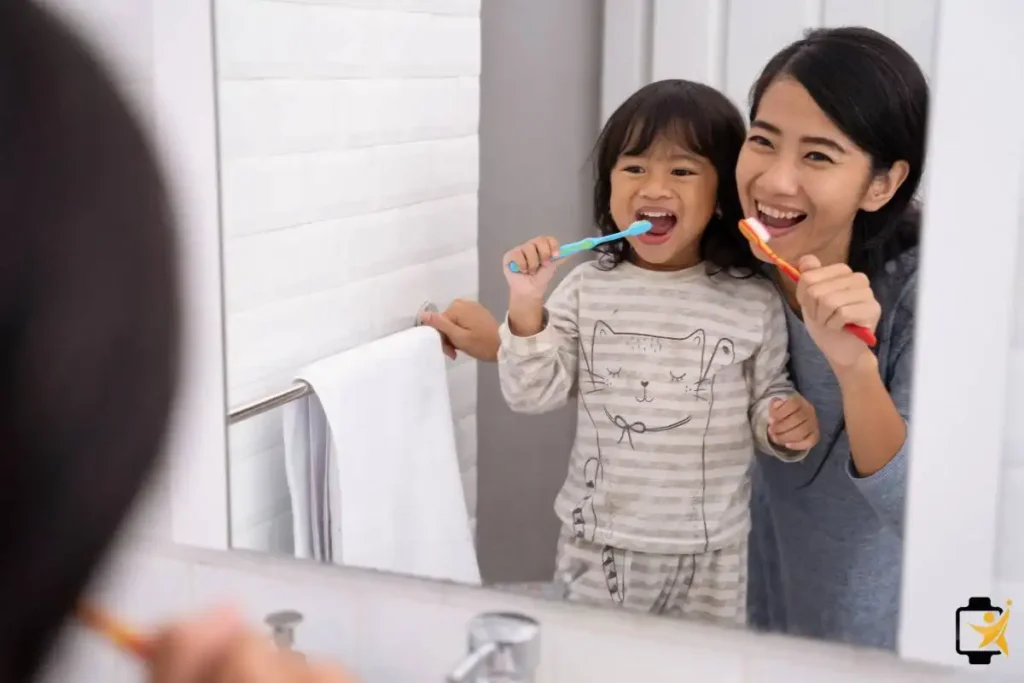Starting the day with a structured and organized routine is crucial for many autistic children to feel secure and ready to face daily activities. A morning routine checklist tailored specifically for autistic children can be a valuable tool to promote independence, reduce anxiety, and ensure a smooth transition from home to school or other activities.
This guide provides a step-by-step approach to creating and effectively using a morning routine checklist for autistic children.

Morning Routine Checklist For Autistic Kids
This guide provides a step-by-step approach to creating and effectively using a morning routine checklist for autistic children.
Step 1:
Assess Individual Needs Before creating a morning routine checklist, it’s essential to assess the individual needs, preferences, and sensory sensitivities of the child. Consider factors such as:
- Sensory preferences (e.g., tactile sensitivity, aversion to certain sounds or textures)
- Communication style (e.g., visual learners, auditory learners)
- Fine and gross motor skills
- Daily schedule and activities
Step 2:
Design the Checklist Based on the assessment, design a comprehensive morning routine checklist that includes all necessary tasks and steps. Use visual supports, clear instructions, and sensory accommodations as needed. Here’s a breakdown of key elements to include:
- Wake-Up Time: Set a consistent wake-up time and use visual cues or alarms to signal the start of the day.
- Morning Hygiene: Create a visual schedule for hygiene tasks, incorporating sensory-friendly products and sequencing steps.
- Getting Dressed: Lay out clothes in sequential order and use visual guides or clothing organizers to assist the child in dressing independently.
- Breakfast Routine: Develop a visual menu or choice board for breakfast options and provide prompts for each step of the routine.
- Medication or Supplements: If needed, include a visual medication schedule with clear instructions.
- Pack School Bag or Activity Bag: Use a personalized checklist for packing essential items, labeled compartments, and visual reminders.
- Transition Time: Incorporate a visual timer and calming transition activities to prepare for leaving the house.
- Review Schedule: Create a visual daily schedule highlighting key activities and changes.
- Review Social Skills: Practice social skills through role-playing, social stories, and visual prompts.
- Positive Reinforcement: Implement a reward system or use positive reinforcement strategies to motivate and celebrate successes.
- Prepare for Departure: Double-check all items needed for the day and use a visual checklist near the door.
Step 3:
Introduce the Checklist Introduce the morning routine checklist gradually to the child. Start by explaining each step and demonstrating how to use the checklist effectively. Use visual supports, such as pictures, symbols, or icons, to make the checklist more accessible and understandable.
Step 4:
Practice and Reinforce Encourage the child to practice using the checklist daily. Provide guidance and support as needed, praising their efforts and accomplishments. Use positive reinforcement strategies, such as tokens, stickers, or a visual reward chart, to motivate and reinforce the completion of tasks.
Step 5:
Monitor and Adjust Regularly monitor the child’s progress with the morning routine checklist. Note any challenges or areas for improvement and make adjustments accordingly. Adapt the checklist to accommodate changes in the child’s needs, preferences, or daily schedule.
Step 6:
Collaborate with Others Collaborate with teachers, therapists, and caregivers to ensure consistency and support across different environments. Share the morning routine checklist and strategies used to promote independence and success.
Step 7:
Celebrate Achievements Celebrate the child’s achievements and milestones by using the morning routine checklist. Acknowledge their progress, resilience, and growing independence. Encourage a positive and supportive environment that fosters confidence and self-esteem.
Conclusion:
A well-designed morning routine checklist can be a valuable tool for supporting autistic children in developing essential life skills, promoting independence, and reducing stress and anxiety. By assessing individual needs, designing a comprehensive checklist, introducing it gradually, practicing consistently, and collaborating with others, caregivers can create a positive and empowering morning routine experience for autistic children.








